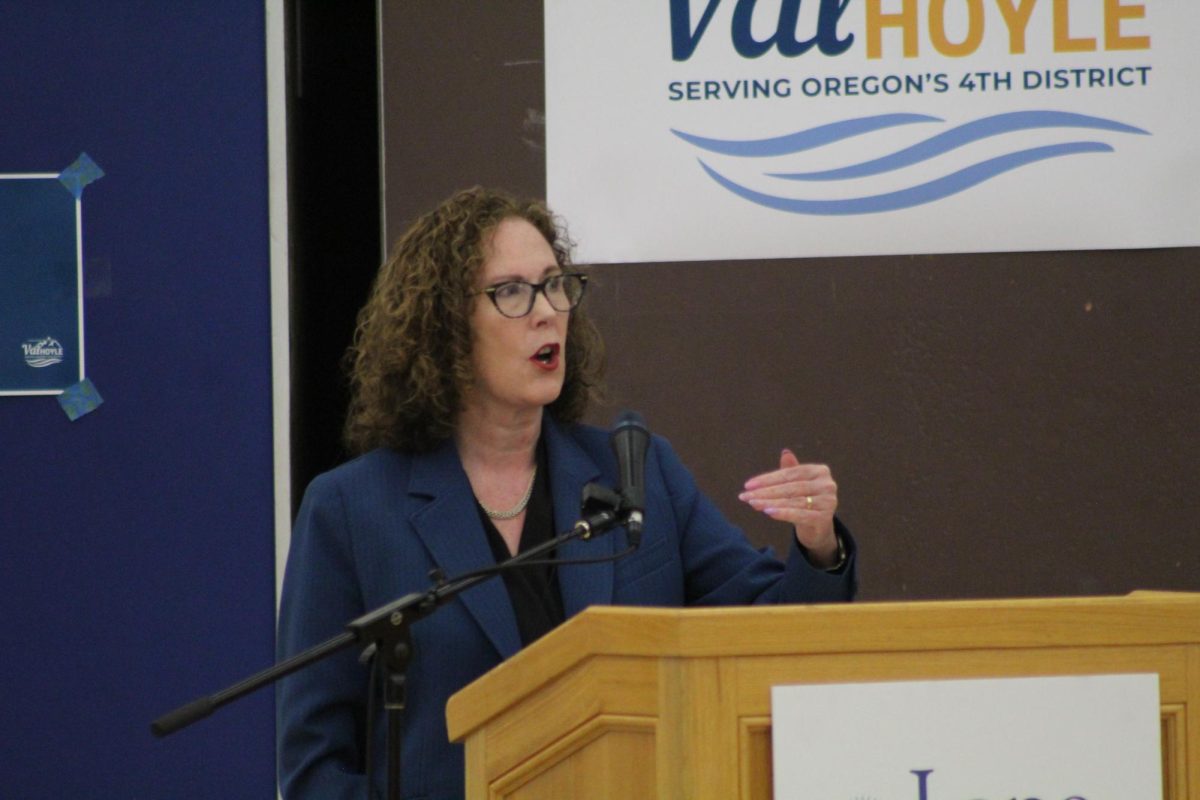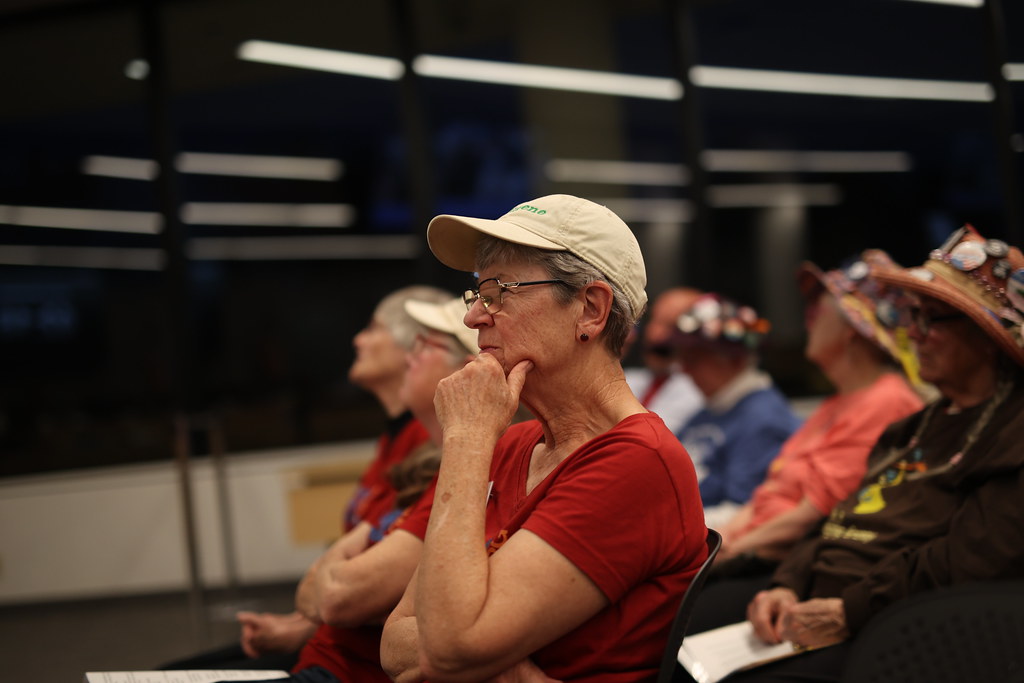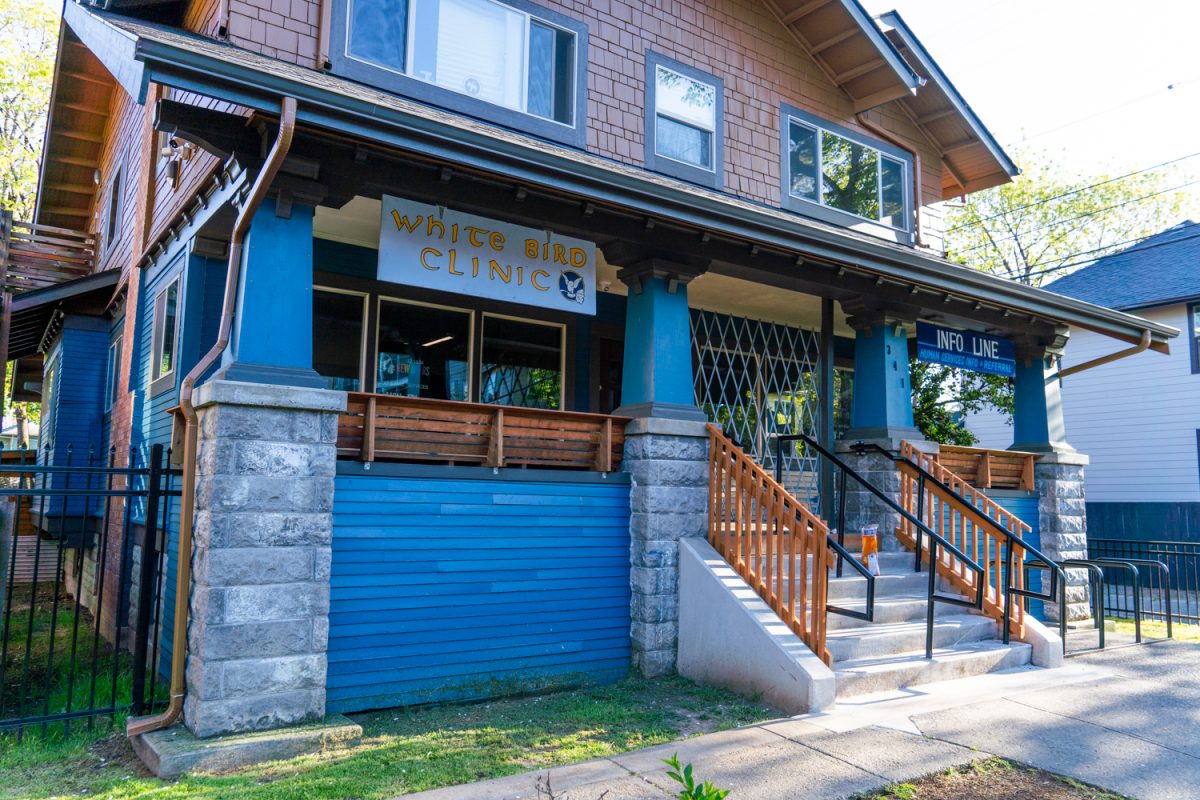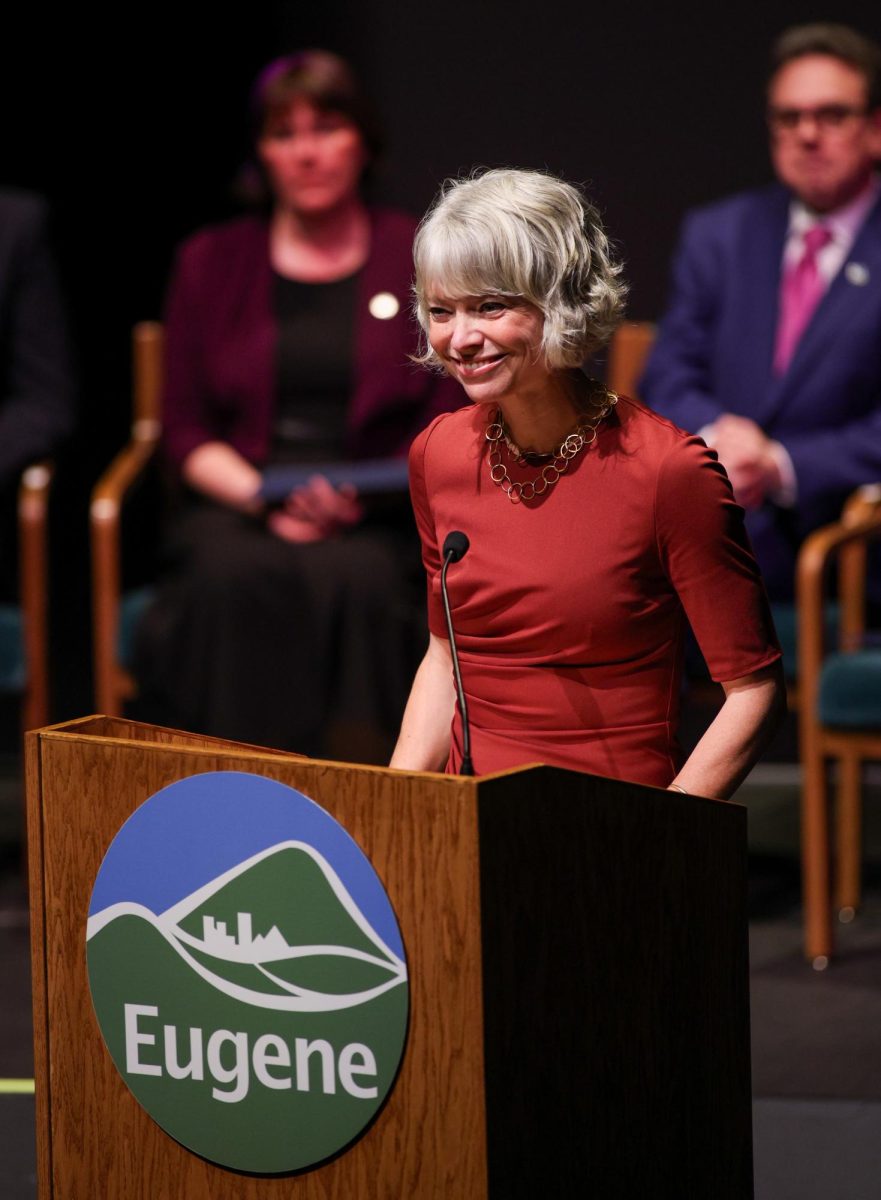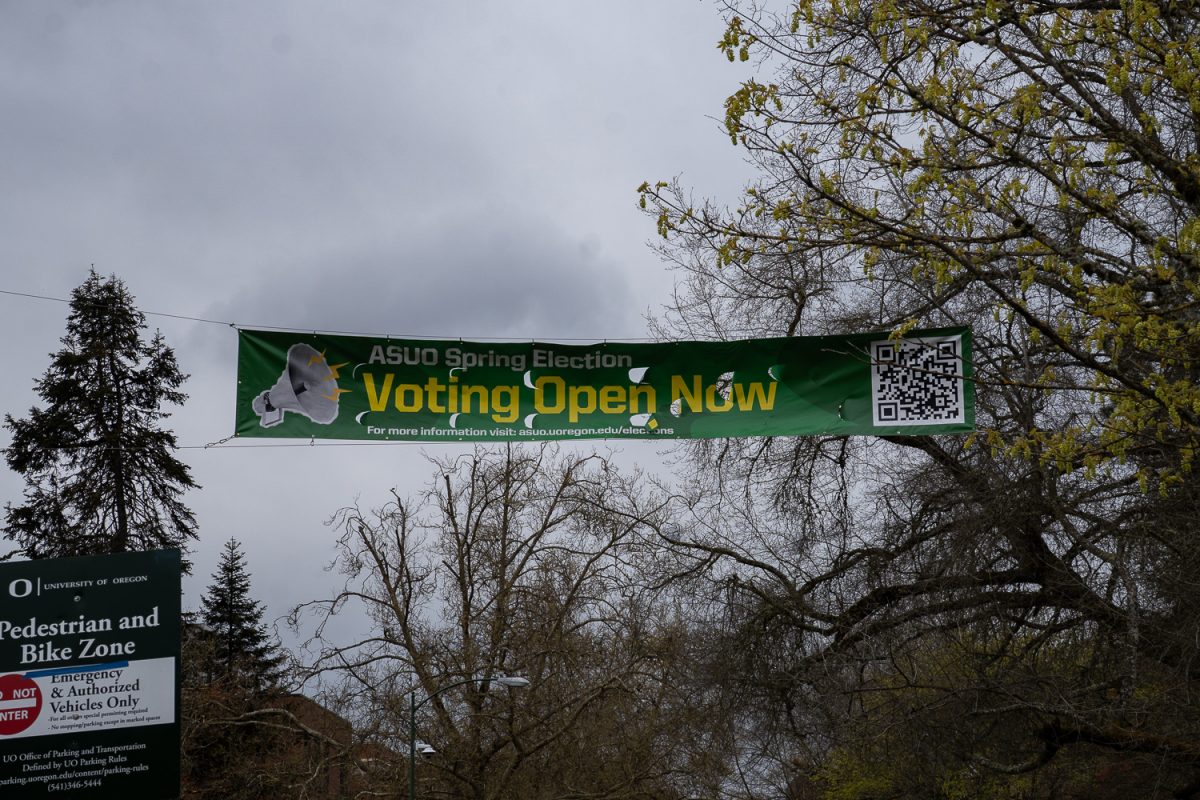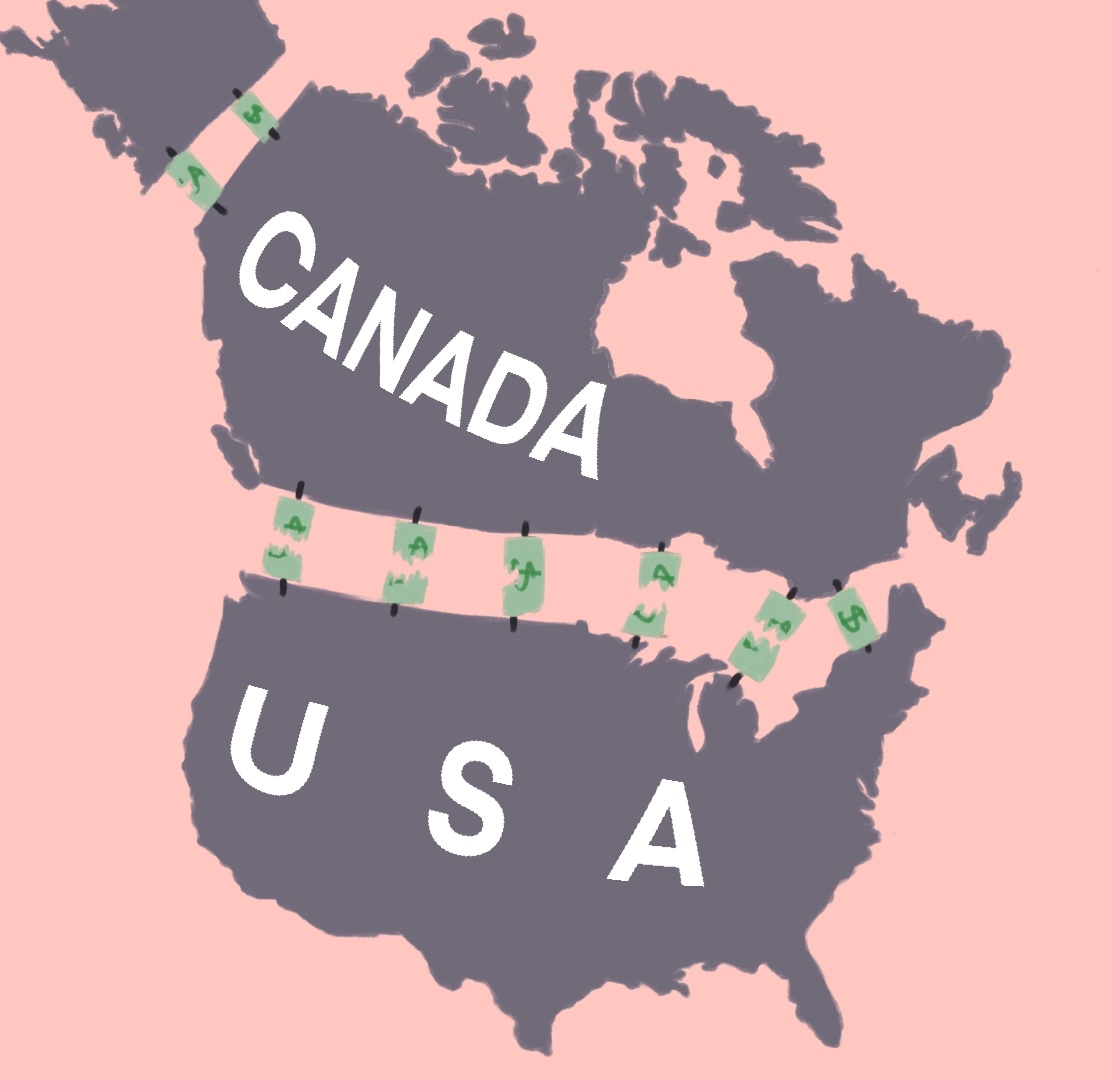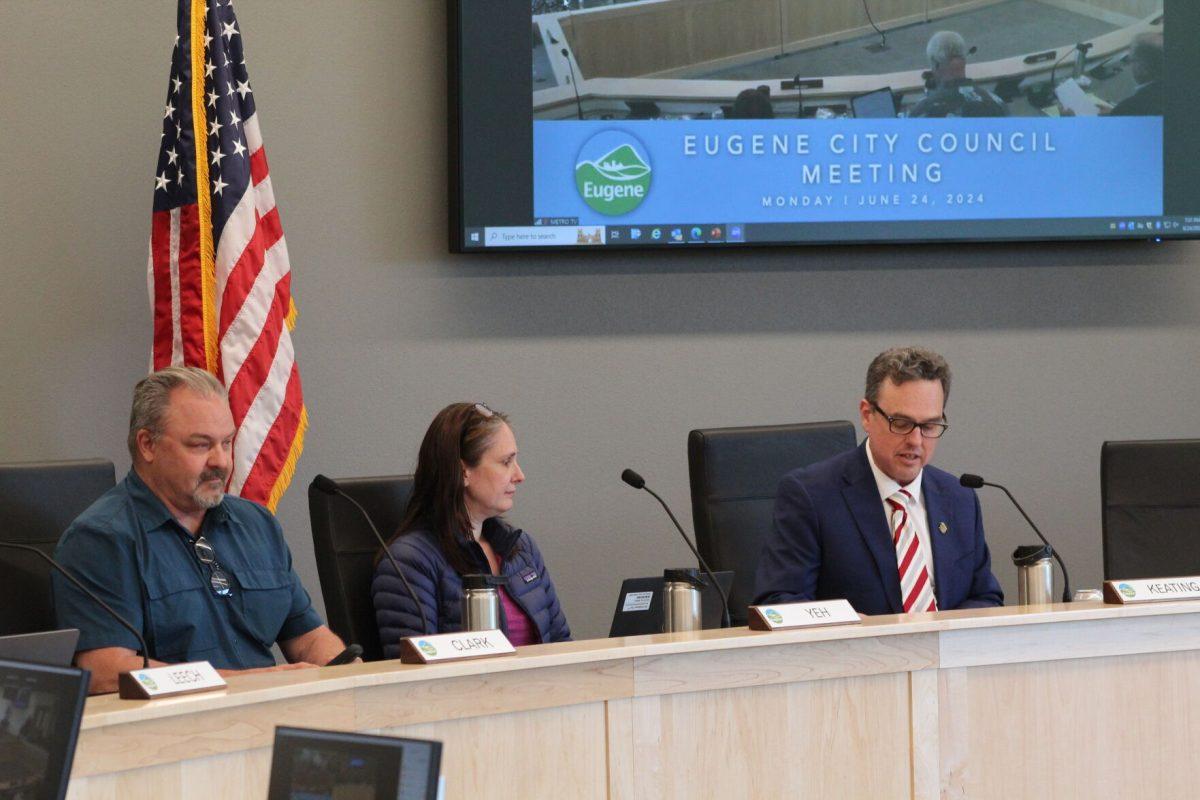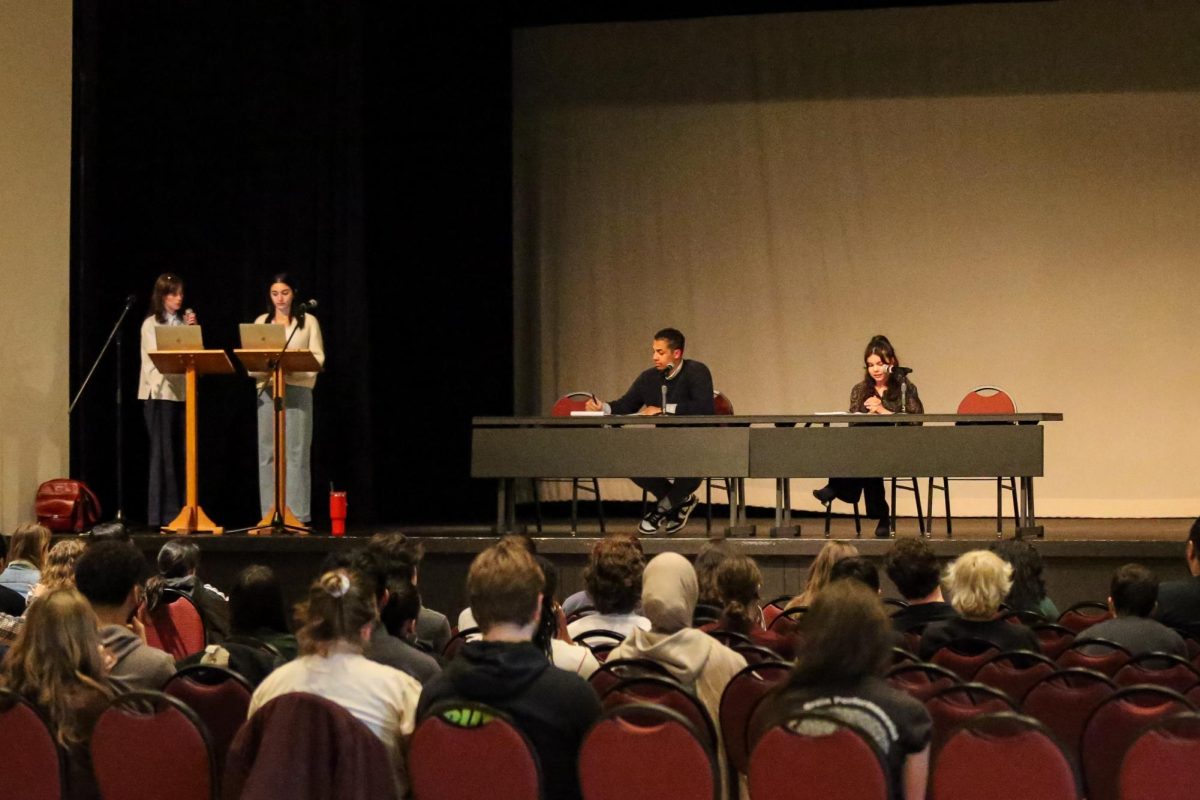After breaking on July 27, the Eugene City Council had its first meeting on Sept. 13. It picked up where it left off with establishing legal places for unhoused people to stay.
The city set its goal to establish 200 “safe parking” and 300 “safe tent” sites in April. Before the break, the council had approved two safe sleep sites: West 2nd Avenue and Garfield and Chase Commons Park. The West 2nd Avenue and Garfield site opened Oct. 4 and is home to 54 vehicles. Chase Commons Park is not open yet, but will hold 20 small “hut” housing units.
In addition to these two sites, the council approved space at 2243 Roosevelt Blvd, 410 Garfield St. and Dani Street at its Sept. 29 meeting. If each site reaches its maximum capacity, the project will provide 225 total vehicle or tent spaces.
Last spring, the council generated a Centralized Unhoused Response Team with between 50 and 100 city employees involved, assistant city manager Krisie Hammitt said in a Sept. 29 meeting. Hammitt said that the team has reviewed over 300 sites for safety and viability and hopes to have the selected five operational by mid-November.
“Moving forward is going to take courage by the council and the staff, and it’s going to take focus by the council and the staff, but we’ve got to keep moving forward and try to pick up the pace, especially as we get into the winter,” councilor Alan Zelenka said at the Sept. 29 meeting.
Washington Jefferson Park and West 13th Avenue are not among the approved sleeping sites, but the city has become involved there, too, as unhoused people congregate in the areas. Public works director Matt Rodrigues said Washington Jefferson is home to 224 tents and West 13th Avenue has 67, down from its peak of 75. This month, the city worked with county sheriffs to develop and implement a grid system in Washington Jefferson. The system allows for COVID-19 spacing, easier cleanup and easier tracking of population, Rodrigues said at the Sept. 29 meeting.
Those currently staying at Washington Jefferson and West 13th Avenue will get priority to move to the new sites when they open, Rodrigues said.
While the city is changing places for unhoused people to stay, the number of unhoused people has remained stagnant. The Lane County Homeless By-Name List, which the county uses to keep track of its unhoused population, has remained around 2,400 between August and October. Hammitt said stability is a good starting point — as Lane County’s unhoused population is not increasing — but there is more to be done to get residents permanently housed.
The city also hopes to increase awareness of the sites and other resources as they develop. Rodrigues said the City of Eugene will focus on community outreach.
“The goal around increasing our communication is to build community trust, awareness of the issues, solutions and progress that are taking place,” Rodrigues said in a meeting.
While the council is making changes within the city, the council itself will experience change in the coming months. Two proposed ward maps, which determine the areas city councilors serve, are in the phase of community engagement. The ward boundaries are redrawn every decade to reflect new census data while ensuring no racial or ethnic groups are underrepresented in an area.
Eugene residents can respond to a survey about the proposed ward boundaries until Oct. 25, and new maps will go into effect this December.




